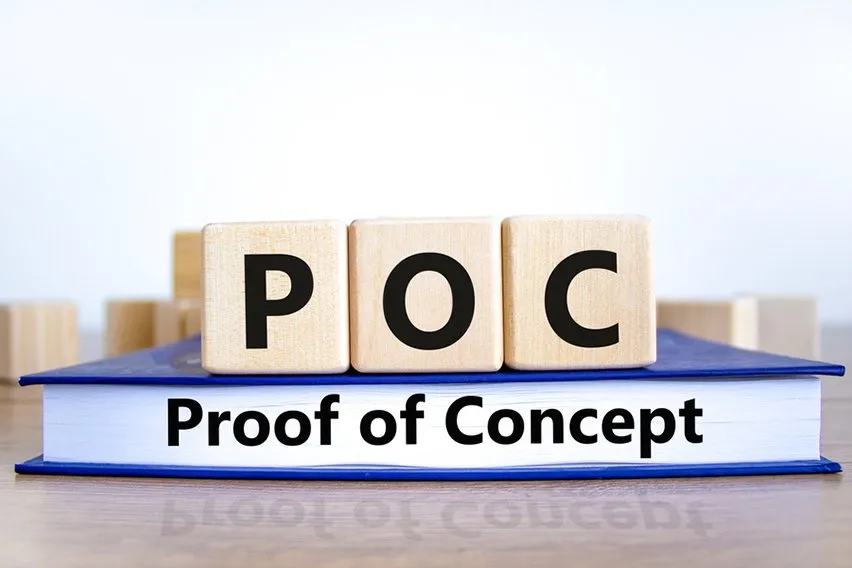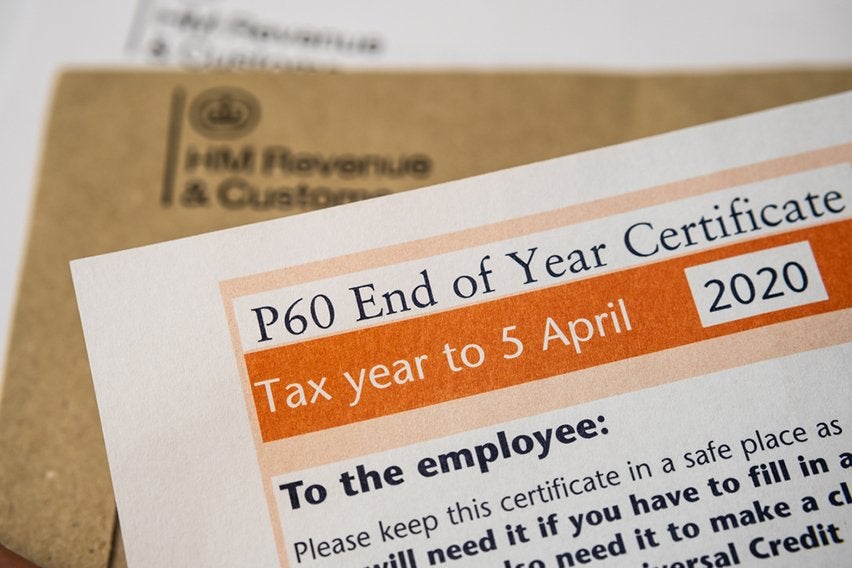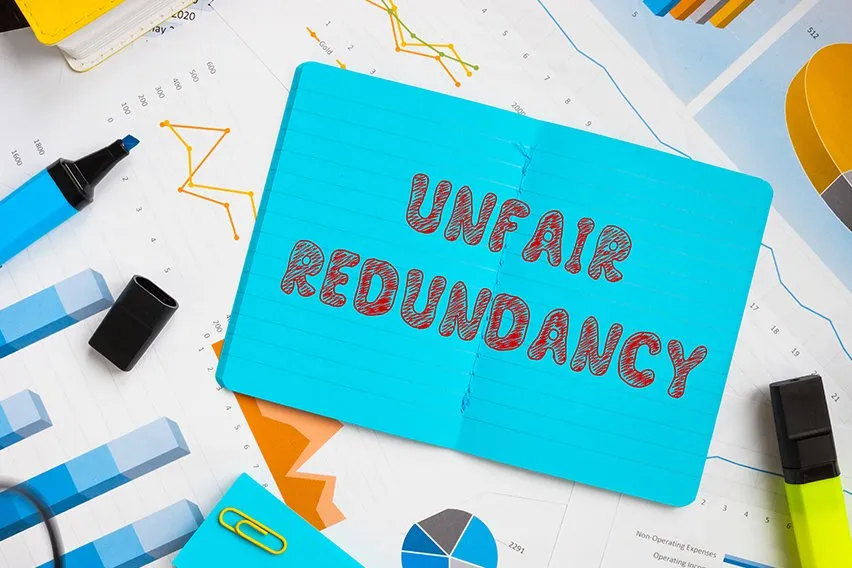What Is Proof of Concept (POC) & How to Create It?

All great projects and structures start with a great idea. With that idea, planning can take place. With this planning, you can illustrate that something will be a viable product and that someone can benefit from that product idea. This planning is called a proof of concept, or POC. POC can take a brilliant idea and turn it into something physical. If you’re running a business, understanding proof of concept is key in creating new goods and services. Keep reading to learn more about POC and how it can benefit your business!
Here’s What We’ll Cover:
POC Vs Prototype: What’s the Difference?
Making a Proof of Concept Plan
What Is Proof of Concept?
Proof of concept is a way to prove that a project idea is able to be accomplished successfully. The proof of concept process is something utilized by project managers in larger businesses but can be used by anyone, really. Oftentimes, a proof of concept project and outcome is required when seeking funding for a new product or service. It’s also required when seeking funding for the expansion of a business (and can act similarly to a well-made business plan).
The successful proof will lead to a better overall plan surrounding the deliverable, but the deliverable is the plan itself. This leads us to the next topic, POC Vs prototype.

POC Vs Prototype: What’s the Difference?
While POC sounds similar to prototyping, it’s far different. Simply put, POC is intended to investigate and discover whether or not a product is financially viable. As such, it also makes the determination as to whether or not a viable product can be achieved before attempting to do so.
Prototyping follows the POC process. In many cases, it’s best for a business to pursue POC before prototyping. Proof of concept might illustrate that a product cannot be made without large financial risks. Prototyping may be out of the question entirely should the POC be negative in its findings. The proof of concept process may inspire additional studies, as well, and prototyping may not come until a later date.
When it comes down to it, POC can be looked at as the development process that takes place before a company dives in. It determines whether or not a product or a service should be pursued before a possible failure can occur.
Making a Proof of Concept Plan
Most business requirements will outline how a POC should be made for them. However, when you’re beginning to develop your next POC, follow the tips we’ve got below. They’ll help you focus your project, and lead to a stellar proposal.
Tip 1: Don’t Spend Too Much Time
The POC is an important part of the project, but keep in mind that it isn’t the project. The POC is made specifically to accompany your actual project. Yes, proof of concept can determine a project’s likelihood of adoption, but the most work needs to be spent on the project.
Tip 2: Utilize All of the Tools at Your Disposal
A great POC is well thought out. It outlines all of the possibilities, both positive and negative. Understanding all of the areas that your POC should touch is imperative. To do that, you should consider using software development. Many times, POC software will highlight areas that you may have missed and will help you cover them.

Tip 3: Pick the Right Metrics
This goes without saying; the right metrics can make or break your POC presentation. If you’re not focusing on the pieces of data that the audience cares about, then you won’t reach them. Think of your POC project as a “proof of stake.” Your stakeholders (investors or upper leadership in this case) need to know how they’ll benefit from your product. If you choose the wrong metrics, you won’t get your point across.
Tip 4: Only Promote a Viable Product
When you’re called on to assist with a proof of concept project, make sure that you only promote a product that you know is viable. Don’t skew metrics or data, and don’t present in a positive light if there isn’t one. Proof of concept and data should drive development alone. If that’s done well, success will be seen.
Key Takeaways
A proof of concept is the project that takes place before a project. It determines whether or not the next project will take place. A good proof of concept can lead to a successful product release and should drive business decisions. If you’re confident in your ideas, confirm that confidence with a well-constructed and thorough POC.
We’ve got plenty of other project management articles over on our resource hub. Be sure to check them out!
RELATED ARTICLES

 How Much Can You Earn Before Tax? Income Tax & Allowance Calculator
How Much Can You Earn Before Tax? Income Tax & Allowance Calculator What Is Bacs Payment? The Complete Guide
What Is Bacs Payment? The Complete Guide What is a P60 Form and How Do You Get One?
What is a P60 Form and How Do You Get One? What Is Furlough Pay? A Complete Guide
What Is Furlough Pay? A Complete Guide What Is The Gearing Ratio? Definition, Formula & Calculation
What Is The Gearing Ratio? Definition, Formula & Calculation How to Calculate Statutory Redundancy Pay
How to Calculate Statutory Redundancy Pay